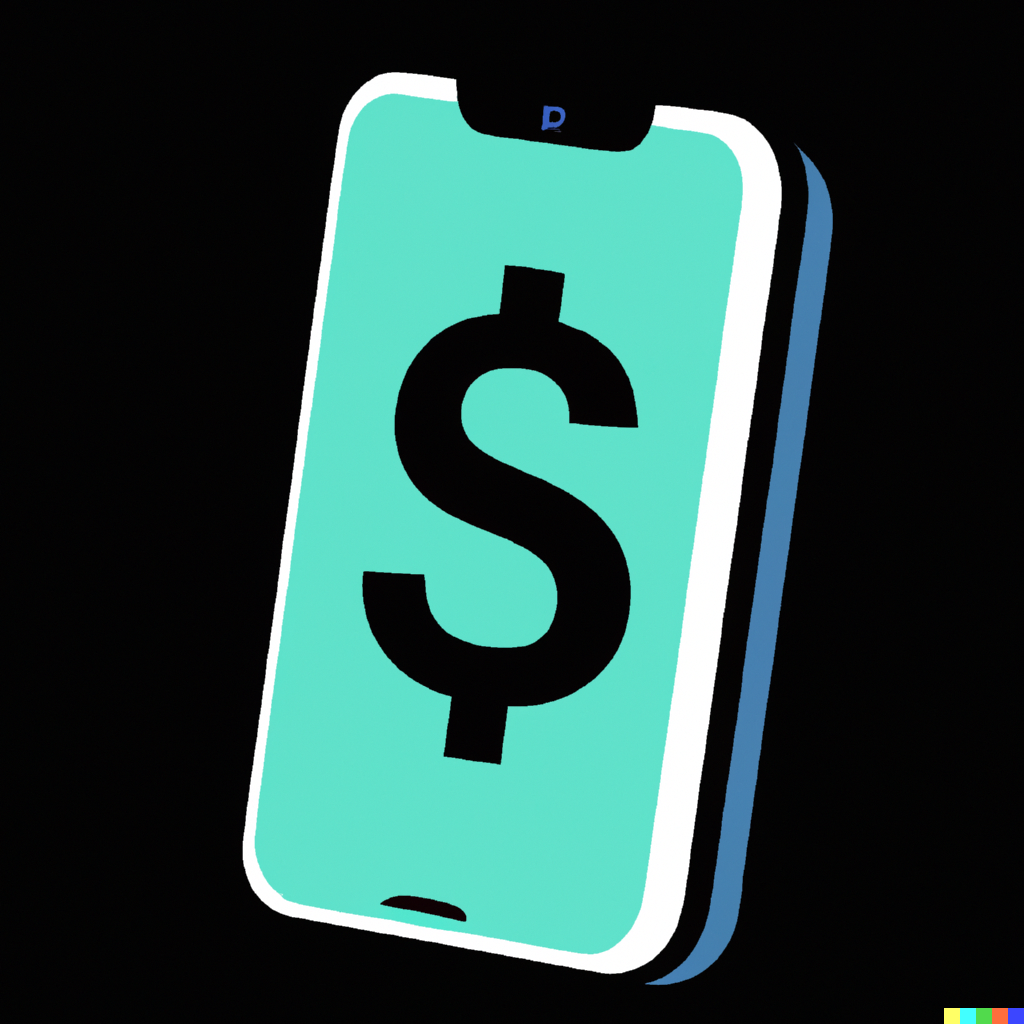August 10 | Payment Technology PayTech

The world of payments has evolved dramatically over the past few decades. From the early days of cash and checks to the digital age of cryptocurrencies and mobile wallets, Payment Technology (PayTech) has been a driving force in transforming how we conduct transactions. In this blog post, we will explore the history, current trends, challenges, and future outlook of PayTech.
Before the advent of digital payments, transactions were primarily conducted using cash and checks. These methods, while reliable, had their limitations, including the risk of theft, the inconvenience of carrying large amounts of money, and the time-consuming process of writing and cashing checks.
The introduction of credit cards in the 1950s marked a significant shift in payment methods. These cards offered a more convenient and secure way to make purchases, allowing consumers to buy now and pay later. Debit cards, which emerged in the 1970s, provided a direct link to consumers' bank accounts, offering an alternative to cash without the need for credit.
The 1990s brought the rise of the internet, leading to the development of online payment systems. PayPal, founded in 1998, became one of the first companies to offer secure online payments, allowing users to send and receive money through the internet. This innovation paved the way for e-commerce, enabling consumers to shop online with ease.
The proliferation of smartphones in the 2000s led to the development of mobile payment solutions such as Apple Pay, Google Wallet, and Samsung Pay. These digital wallets allow users to store their credit and debit card information on their smartphones, enabling them to make payments with a simple tap at point-of-sale terminals.
The introduction of Bitcoin in 2009 brought about a new era in payment technology. Cryptocurrencies, powered by blockchain technology, offer a decentralized and secure method of transferring value without the need for intermediaries like banks. While still in its early stages, cryptocurrency has the potential to revolutionize the way we think about money and payments.
The COVID-19 pandemic accelerated the adoption of contactless payments as consumers sought safer ways to conduct transactions. Contactless cards and mobile payments have become increasingly popular, offering a fast and hygienic way to pay.
The BNPL model has gained significant traction in recent years, particularly among younger consumers. This payment option allows shoppers to split their purchases into interest-free installments, making it easier to manage cash flow and avoid credit card debt.
Open banking is another trend that is reshaping the PayTech landscape. By allowing third-party developers to access financial data through APIs, open banking enables the creation of new payment solutions and services that cater to the needs of consumers and businesses.
Central banks around the world are exploring the development of their own digital currencies. These Central Bank Digital Currencies (CBDCs) could offer a government-backed alternative to cryptocurrencies, providing a stable and secure means of digital payment.
As payment technology advances, so too do the methods used by cybercriminals to exploit vulnerabilities. Ensuring the security of payment systems and protecting consumers from fraud remains a top priority for the PayTech industry.
The PayTech industry operates in a complex regulatory environment, with different countries and regions imposing varying requirements on payment providers. Navigating these regulations while ensuring compliance is a significant challenge for companies in this space.
While PayTech has made payments more convenient for many, there is still a significant portion of the global population that remains unbanked or underbanked. Ensuring that these individuals have access to modern payment solutions is an ongoing challenge for the industry.
As cryptocurrencies gain mainstream acceptance, we can expect to see more businesses and consumers adopting them as a form of payment. Innovations in blockchain technology could also lead to new payment solutions that are faster, more secure, and more transparent.
Artificial intelligence (AI) and machine learning are set to play a more prominent role in the PayTech industry. These technologies can be used to enhance fraud detection, personalize payment experiences, and optimize payment processing.
Embedded finance refers to the integration of financial services into non-financial platforms, such as e-commerce websites and social media apps. This trend is likely to continue, making payments more seamless and integrated into our daily lives.
Cross-border payments have traditionally been slow and expensive, but advancements in PayTech are changing this. The development of faster, more efficient cross-border payment systems could revolutionize global commerce and make it easier for businesses to operate internationally.
Payment Technology has come a long way since the days of cash and checks. Today, we live in a world where payments can be made with a tap of a smartphone or the click of a button. As technology continues to evolve, so too will the way we pay for goods and services. The future of PayTech is bright, with innovations in cryptocurrency, AI, and embedded finance set to drive the industry forward. However, challenges such as security, regulatory compliance, and inclusivity must be addressed to ensure that everyone can benefit from the advancements in payment technology.
SHARE THIS:
© Copyright 2025Global Tech AwardsAll Rights Reserved